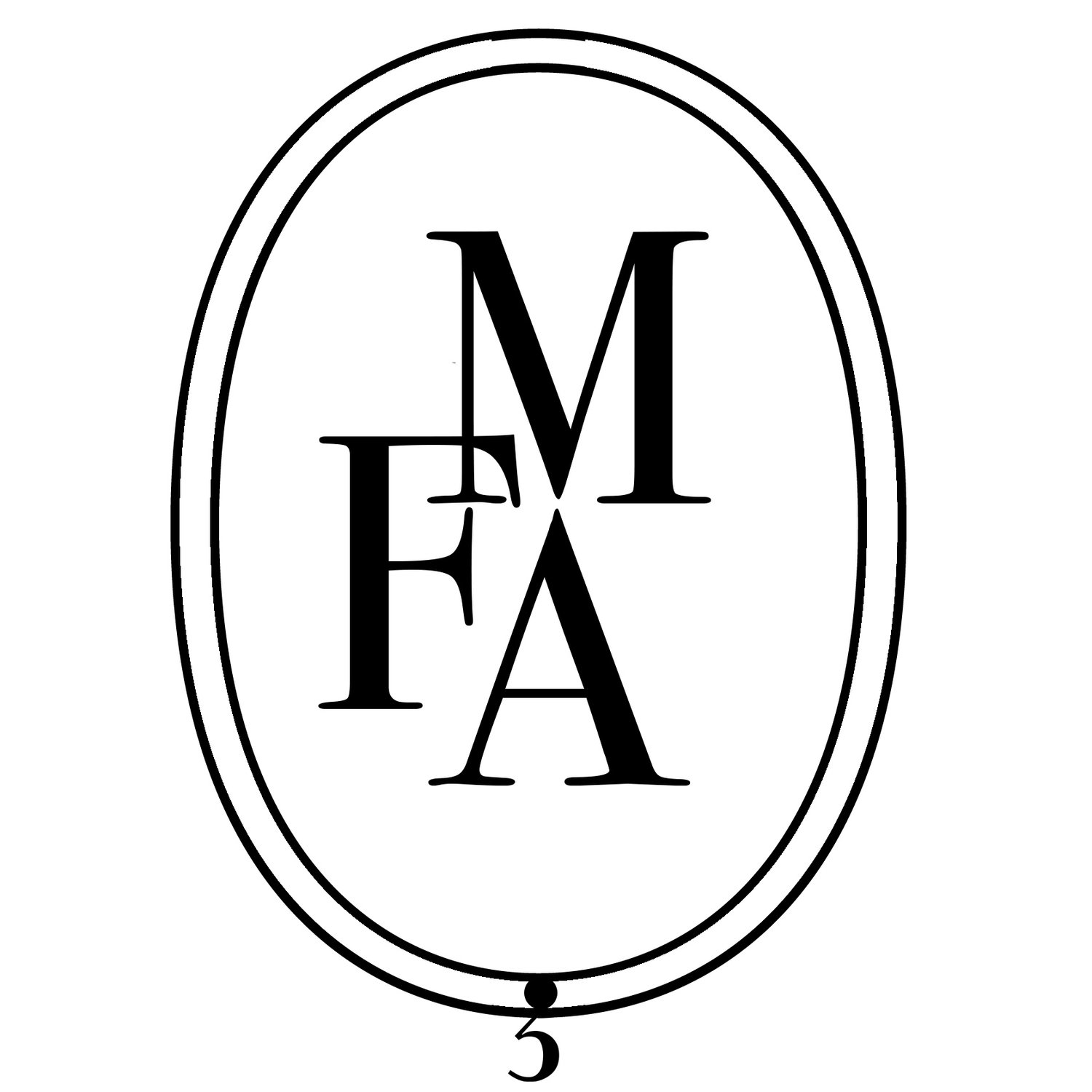“The diversity of coveted objects reflects their value as « lens » through which technicality, expertise and ancient knowledge can be appreciated but also the thrill procured by there quest. ”
A old concept of wonder-room, origin of museum and a major element in the rise of modern science, is finding its rebirth in decoration with an interactive interior design where curiosity is questioned. And you know what, that is fine! Enough of buying modern furniture let’s recycle grandma’s antique side table.
You have to look back three centuries in history to understand the notion of curiosity cabinet, it flourished in the European high society during the century of enlightenment. In a period of great intellectual exchanges, wealthy people gathered antiques, natural history objects and art pieces collections, nourishing a human thinking by staging it in an intellectual approach. With a good dose of fantastic anecdotes, anything was a source of fantasy.
"De Curiositae», the latin origin of the term «cabinet of curiosity» signifies « about curiosity », an approach to consider in design process through a creative and intellectual interaction between objects and people, in order to stimulate senses and reflexion. A thoughtful composition with items and furniture that creates a dialogue between styles, their origins, volumes and materials. Let’s juxtapose a mid-century Rocking Chair design by Charles and Ray Eames with an antique Empire style mirror, the clean lines of one will contrast with the level of detail of the other. In the same time, it is interesting to observe the parallel induced, two different know-how and traditions, driven each one by a different economic and cultural context. Associating uncoordinated elements produces energy and vibrance in a timeless result that doesn’t follow ephemeral trends.
Antique or personal objects provide more than a aesthetic emotion, each one open its specific space-time frame in your interior, delivering a part of fascination. Although they are fragile and apparently inert, objects provide a humbling experience.
Proportions are important. A clean and minimalist decor would set perfectly your composition, remember that the empty space surrounding an object is as important as the size of the room. Think big! Focus on some major elements of different sizes to increase the feeling of space. The best idea would be to mix a few elements of big dimensions, rather than a multitude of small ones, instead it would create dissonance.
It also has to tell something about you. During a lifetime,each one constitutes its own museum, consciously or not, conferring a sentimental value in an fragmented collection of accumulated objects. Give your interior authenticity with a selection that evoke souvenirs, sparingly done, it raises the curiosity of your host and are always good visual references that positively influence your day-to-day life. The subjective part of this approach offers a specific relationship between you and your interior.
Set up your composition following a thematic, colors or shape, this way it gets the sense that it tells a story. Select contrasting finishes, mixing rustic and modern, raw with smooth material to create a rhythm and stimulate the global design. A color on a wall or a fabric can be a unifying factor. The magic happens when you find the perfect balance, a certain sense of symmetry that merges the diversity of styles and aspect, revealing audacity and character.
Since old is the new « new », antique or vintage object follow trends, it can be vintage toys like big scale Playmobil figurine bought on craigslist, botanical drawings and other old scientific supports sourced on a street book-stand, miniature oil painting coming from eBay or over sized characters from industrial signboard. More recently our attention turned on delicate objects such as small Louis XVI style picture frames found in the Parisian flea market for 35 dollars, with their delicate and elegant ribbon tied in a bow above, they illustrate molding and chiseling technics of bronze. The diversity of coveted objects reflects their value as « lens » through which technicality, expertise and ancient knowledge can be appreciated but also the thrill procured by there quest.
